On a winter’s day, the warming scent of roasting chestnuts greets your nose as you make your way down Shijō-Dōri. Here in Kyoto’s downtown, chestnut vendors, lantern-lit alleyways and ancient shops sit comfortably alongside department stores, markets and pachinko parlours.
The best of Kyoto’s downtown district neatly fits inside the rectangle between the Kamogawa River to the east, Karasuma-Dōri to the west, Shijō-Dōri to the south and Sanjō-Dōri to the north.
Pontochō
This has to be one of the most iconically Japanese streets in Kyoto, rivalled perhaps only by some in nearby Gion. Running parallel to Kamogawa River, and starting just after the bridge on Shijō-Dōri, it is best viewed at night, lit beautifully by lanterns. You may even catch a glimpse of a Maiko or Geisha.
Pontochō is home to some of the more exclusive (meaning, you won’t be allowed in) restaurants and bars in town. Others, particularly just to your right as you enter the alley from Shijō, welcome tourists. In any case, I highly recommend an evening stroll along Pontochō.
The next little street west of Pontochō, Kiyamachi-Dōri, can be almost as picturesque in spring when the cherries are blooming along the canal. Be warned, however, that Kiyamachi-Dōri is a nightlife strip and is not necessarily an ideal place for young children at night.
Teramachi-Dōri
This 850m-long, covered shopping arcade, and its narrower, parallel-running twin, Shinkyōgoku, particularly the stretch between Shijō-Dōri and Sanjō-Dōri, is well worth a look.
You will find everything from custard-filled London-yaki and crab restaurants, to Buddhist paraphernalia, gawdy fashions, tacky souvenirs and beautiful woodblock prints.
Here are a few of the shops I always return to:
- Daishōdō (大書堂) – antique Japanese woodblock prints and other beautiful printed material (on Teramachi-Dōri, about halfway between Shijō-Dōri and Sanjō-Dōri)
- Katsukura (かつくら) – cosy restarant with fabulous ton-katsu (crumbed pork) (easy-to-miss entrance, two doors down on the left as you enter Teramachi-Dōri from Shijō-Dōri)
- Kikuichimonji (菊一文字) – Japanese knife, selling a range of knives and household implements. Note the shop name is written right-left in Japanese on a brown, wooden sign above the shop’s roof of the shop (on Sanjō-Dōri between Teramachi-Dōri and Kawaramach-Dōri)
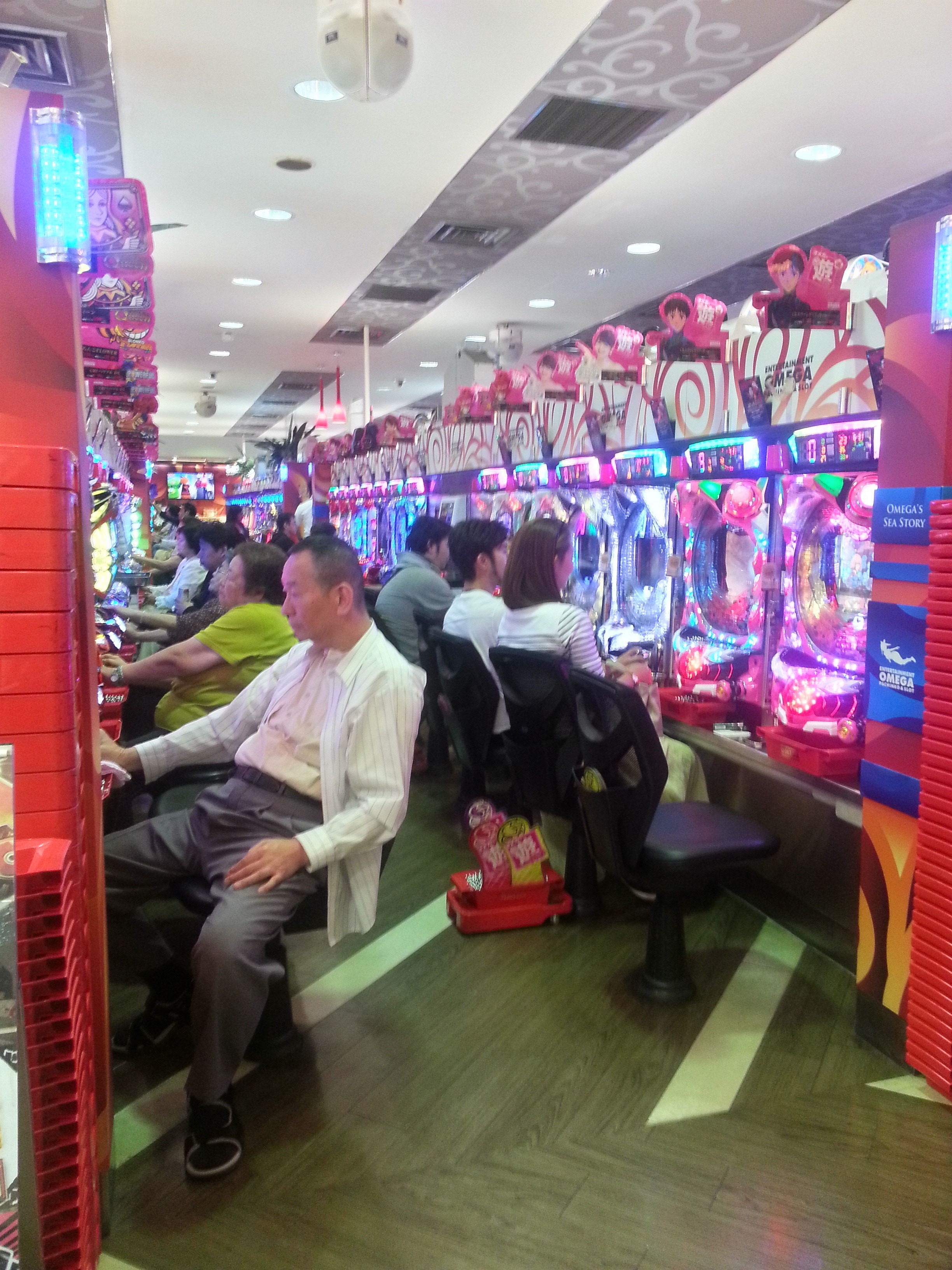
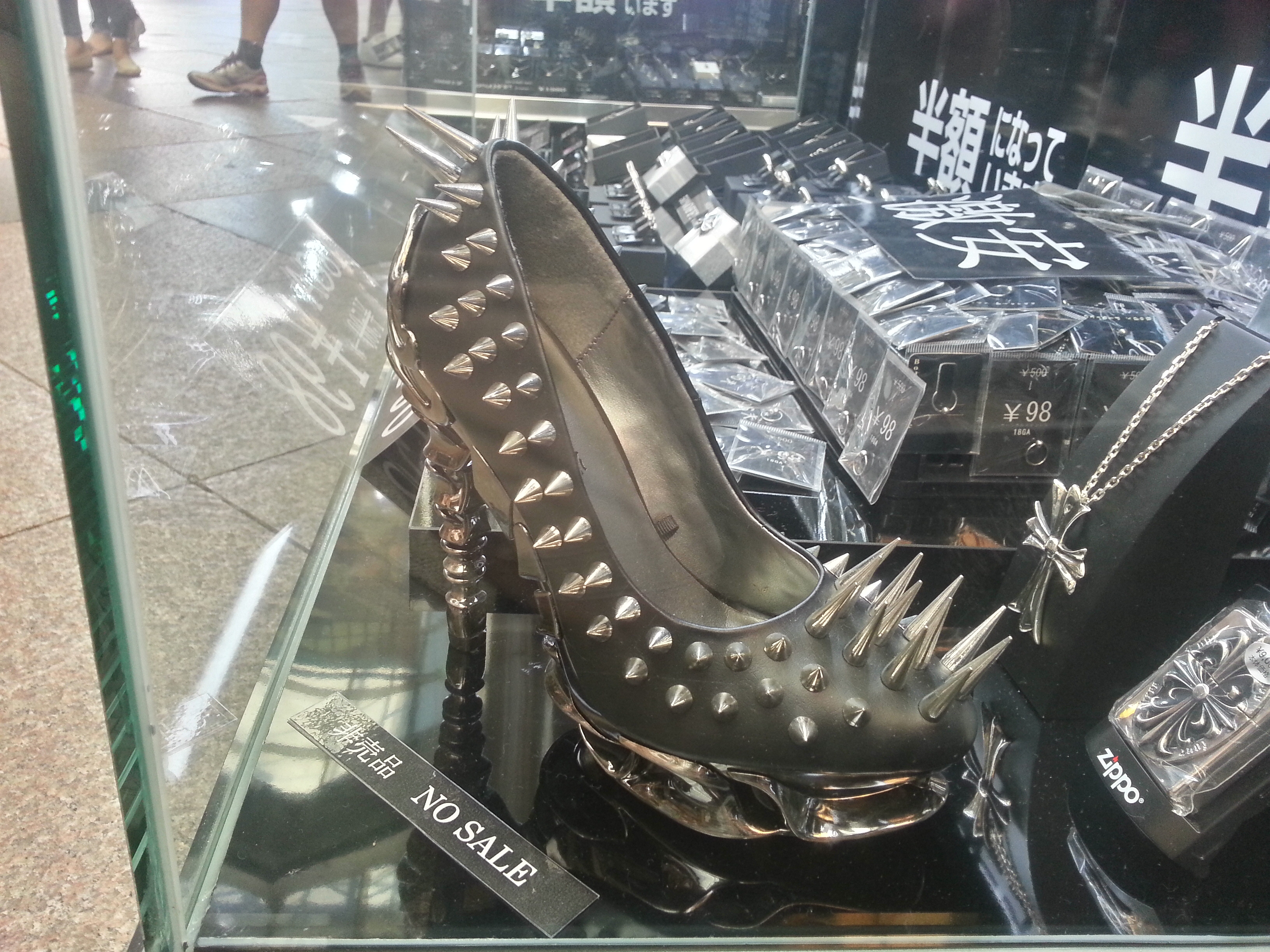
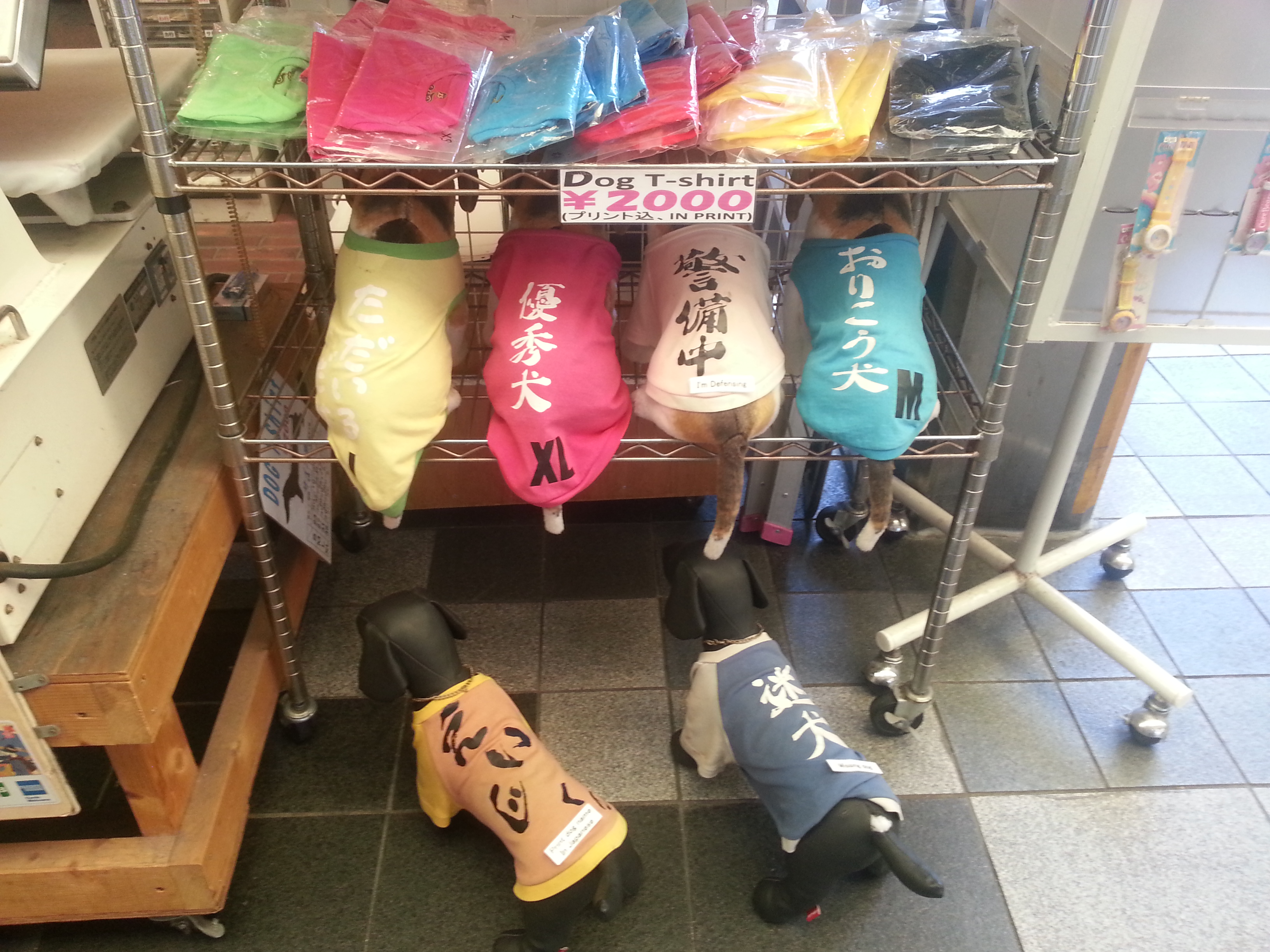
Nishiki-kōji (Nishiki Market)
Nishiki Market is another undercover arcade running at right angles to Teramachi-Dōri. It is often referred to as Kyoto’s kitchen and it used to be unusual to find many foreigners there. Perhaps due to the increasing interest in gourmet travel, Nishiki’s popularity among tourists has also seen a rise.
In this market you will find a good assortment of pickles, dried and fresh fish, Japanese wholefoods and eating utensils.
If you are interested in food, weird and wonderful, then Nishiki is a must see spot.
Department Stores
One of the highlights for me when visiting Japan is a trip to a major department store. It may be partly because it makes me think of a time when people at home used to dress in their best for a trip into town, but mostly it’s because of the basement food halls.
Shijō-Dōri between the river and Karasuma-Dōri is home to a number of leading department, my favourite being Takashimaya.
My advice is to head straight to the basement of any department store you enter and be astounded by the variety and quality of the offerings, from fresh produce and groceries, to bread, tea, wine, sweets and take away meals. Each stall is owned and operated by independent businesses and they are all vying for sales. To get a real bargain, head to the food hall around around 7 pm to get a heavily discounted gourmet dinner.
Most department stores also have a fabulous restaurant floor at the top of the building. These usually have a good selection of establishments ranging from traditional Japanese and Chinese to Italian and steakhouses.

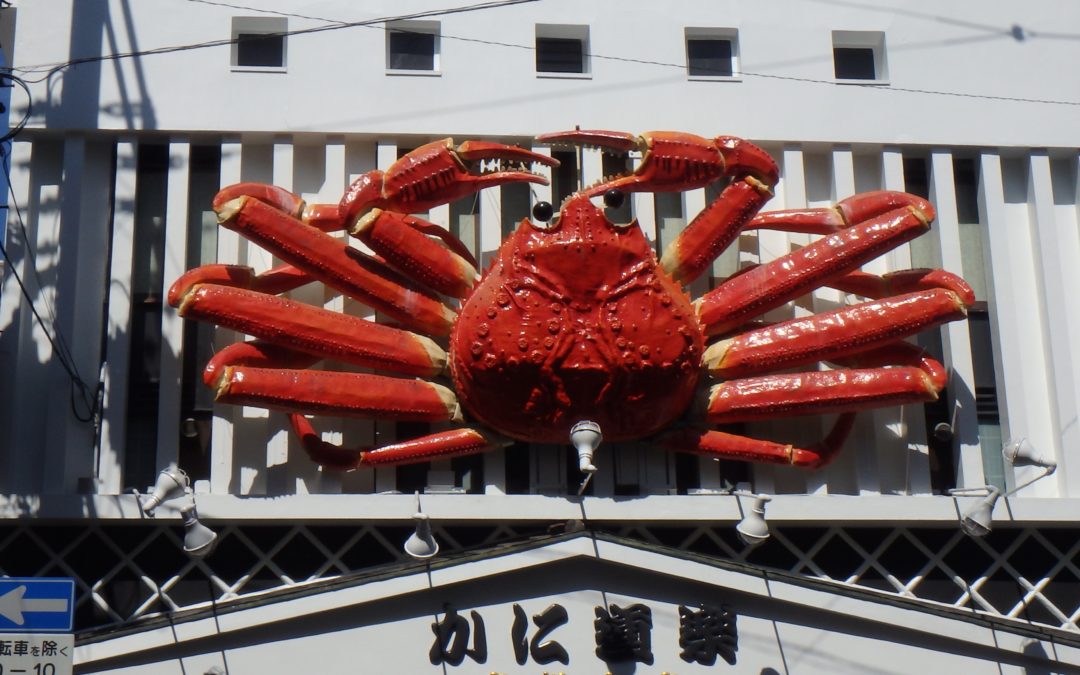
![Pontocho, Kyoto, image used under creative commons licence: Rainer Haeßner [CC BY-SA 3.0 (https://creativecommons.org/licenses/by-sa/3.0)] Pontocho, Kyoto](https://upload.wikimedia.org/wikipedia/commons/e/eb/20111023_Gion1.jpg)

![Teramachi Street Shopping Area, image used under creative commons licence: Mx. Granger [CC0] Teramachi Street Shopping Area](https://upload.wikimedia.org/wikipedia/commons/d/d3/Teramachi_Street_shopping_area_1.jpg)
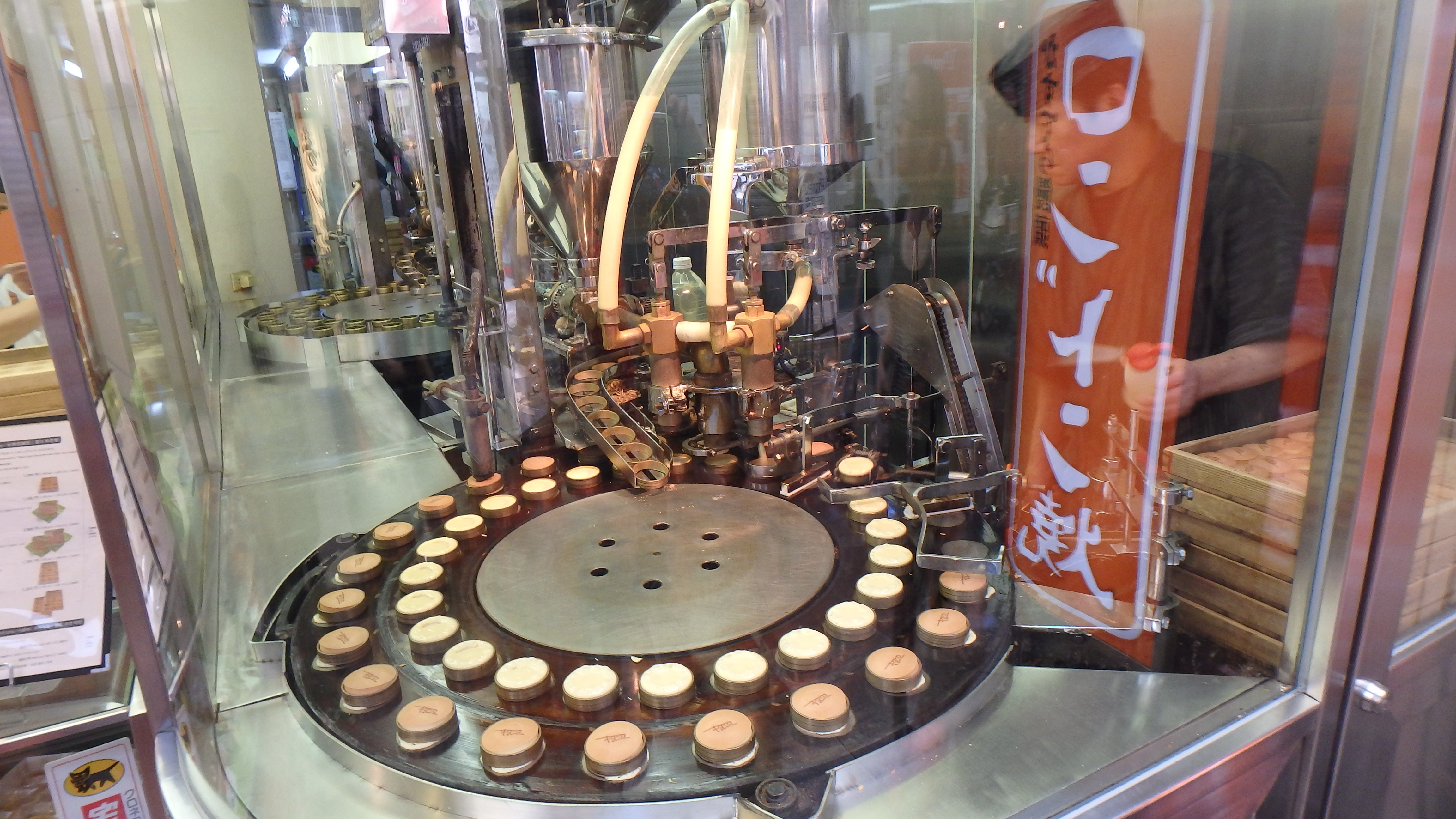
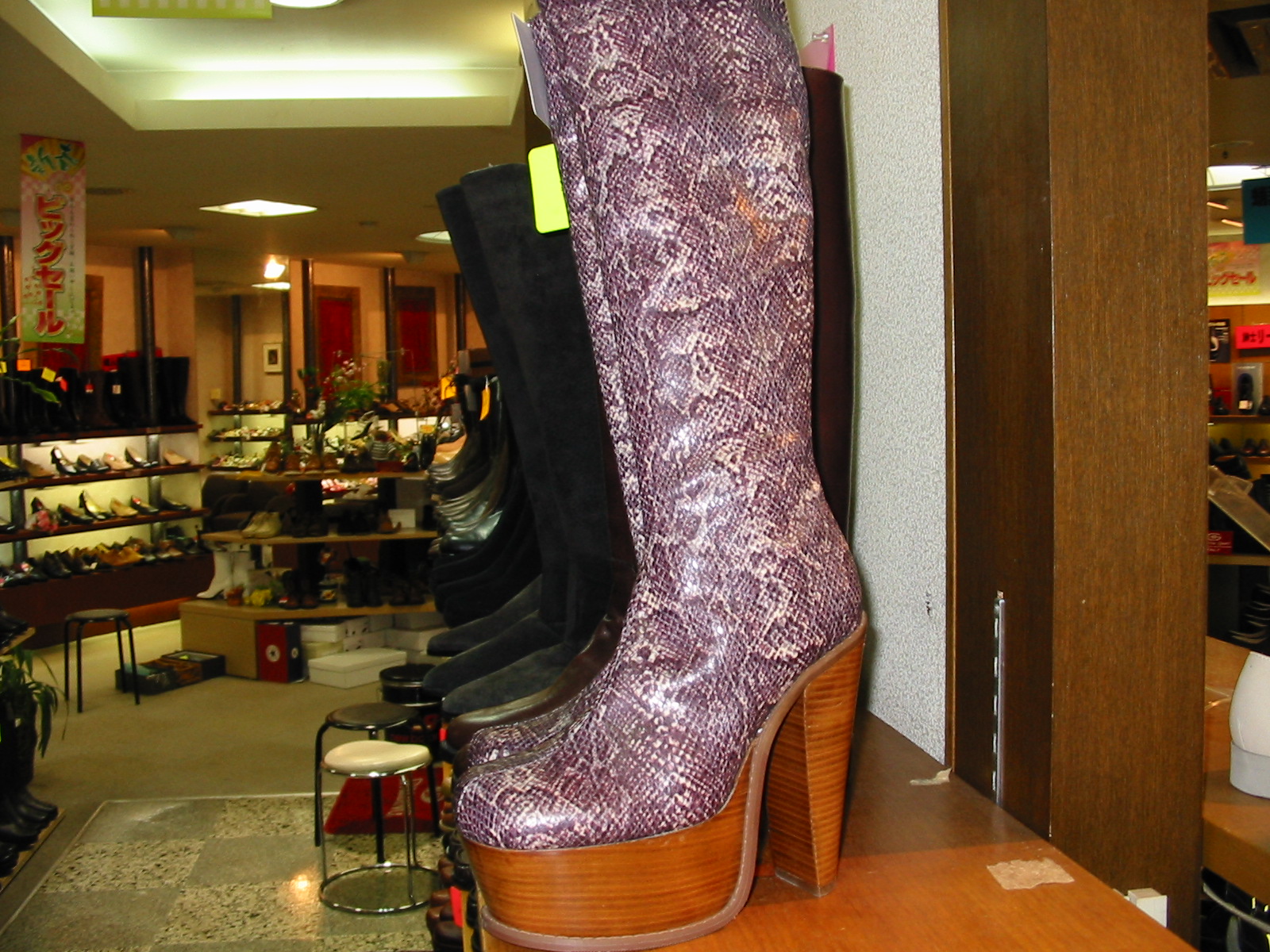
![Nishiki Market, image used under creative commons licence: David Stanley from Nanaimo, Canada [CC BY 2.0 (https://creativecommons.org/licenses/by/2.0)] Nishiki Market, Kyoto, December 2016](https://upload.wikimedia.org/wikipedia/commons/7/7a/Nishiki_Market%2C_Kyoto%3B_December_2016.jpg)